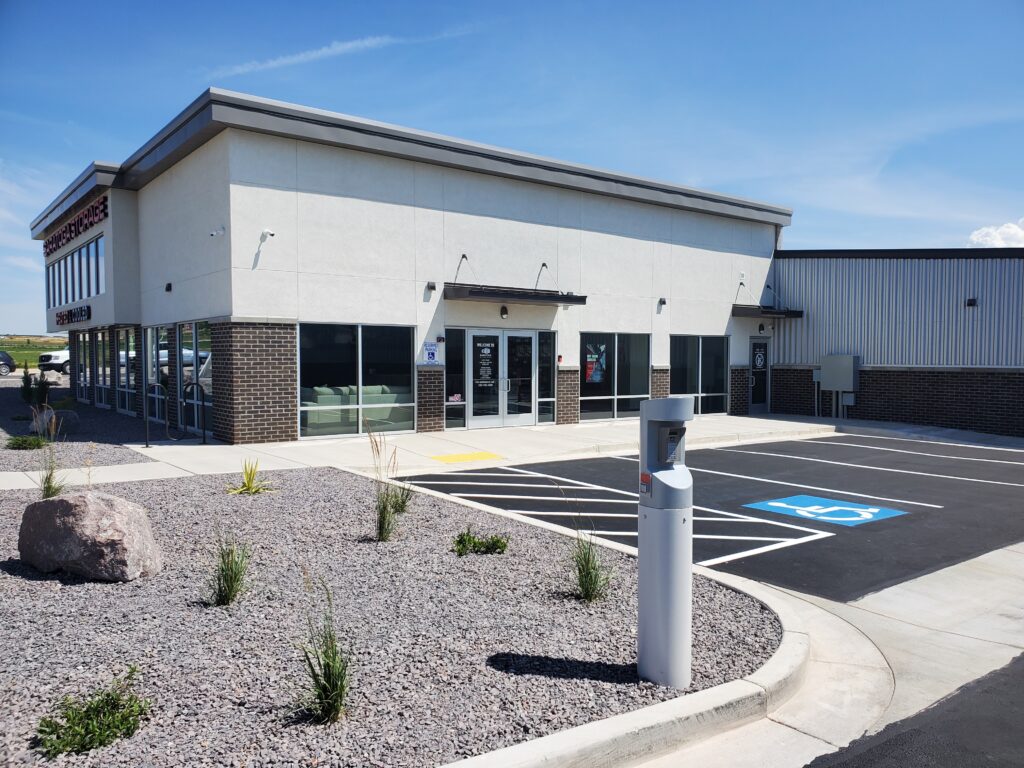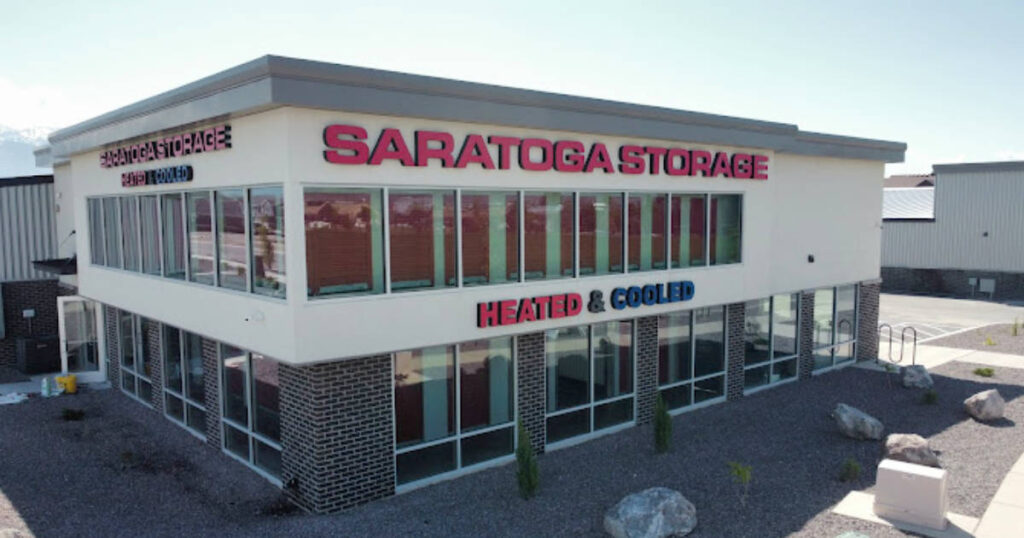1. Identify Your Needs
- Space Requirements: Determine how much space you’ll need by evaluating what items you plan to store. For example, a small storage unit may suffice for boxes or small furniture, while a larger unit is better for vehicles or extensive inventories.
- Type of Items: Consider if your items require special conditions, such as climate control for sensitive items like electronics, documents, or antiques, which could be damaged by extreme temperatures or humidity. At Saratoga Storage, we offer both drive up units, and climate controlled units for these sensitive items.
- Duration of Storage: Short-term needs can differ greatly from long-term needs. Some facilities offer better pricing for longer rentals, and some may have special promotions for short-term rentals. At this property we have a month-to-month agreement allowing you the freedom to use the rental space for one month, or three years, or even longer!
2. Consider Location
- Proximity to Your Home or Business: A nearby storage facility can be very convenient if you need frequent access to your items. We are located off Redwood Road and Crossroads Blvd making it the perfect balance of accessibility, situated just minutes away from a variety of local businesses, restaurants, and shops, as well as being nestled in a residential area that provides a quiet, community-oriented atmosphere.
- Accessibility: Check access hours to make sure they align with your schedule. Some facilities offer 24/7 access, while others may have restricted hours, which could be inconvenient if you need items outside regular business hours. Our access ours at this property is from 6:00 am – 10:00 pm everyday including holidays! That means you can access your unit on Christmas Eve or even Christmas day for the “hidden” Christmas gifts in your storage unit or holiday décor.
3. Evaluate Security Features
- Security Cameras: Look for facilities with CCTV cameras, onsite managers, smart units with built in motion cameras, and alarm systems to help protect your belongings.
- Access Control: Facilities with gated access, individual unit alarms, or secure passcodes can add an extra layer of security.
- Insurance Options: Some facilities offer insurance to cover potential damage or theft. It’s also worth checking if your homeowner’s or renter’s insurance extends coverage to items stored offsite.
4. Check Facility Conditions
- Cleanliness and Maintenance: A clean and well-maintained facility is less likely to have pests or water damage issues, which could ruin stored items.
- Climate Control: If you’re storing sensitive items, look for units with climate control to prevent damage from temperature and humidity fluctuations.
- Pest Control Measures: Make sure the facility takes active measures to prevent rodents, insects, or mold.
5. Review Costs and Fees
- Monthly Rental Rates: Compare rental rates for similar-sized units across different facilities. Be aware of any introductory offers, but also check for potential price increases after the introductory period ends.
- Hidden Fees: Some facilities may charge administrative fees, late payment fees, or require a security deposit. Make sure you’re aware of all potential costs upfront.
- Discounts or Special Offers: Some storage companies offer discounts on long-term rentals. It’s worth asking if there are any promotions or discounts available.
6. Assess Accessibility and Loading Facilities
- Drive-Up Access: If you have heavy or bulky items, consider a facility that allows you to drive up directly to your storage unit.
- Elevator and Cart Availability: For indoor storage, check if the facility has elevators and carts to help transport items.
- Parking Availability: Ample parking makes it easier to load and unload, especially if you have multiple trips to make.
7. Read Reviews and Get Recommendations
- Online Reviews: Check reviews on platforms like Google, Yelp, or the Better Business Bureau to see what other customers have experienced.
- Ask for Recommendations: If you know people who’ve used storage in your area, ask them about their experiences and what they liked or disliked about their facility.
8. Visit the Facility Before Committing
- Tour the Facility: Take a tour of the facility to see the conditions firsthand, get a sense of security measures, and interact with the staff to ensure they’re helpful and knowledgeable.
- Check Unit Availability: Visiting allows you to view the actual unit you’ll be renting, so you can confirm its size, condition, and features before committing.
Our office is open and ready to assist you with property tours during convenient hours. We’re available Monday through Friday from 9:30 AM to 6:00 PM, and on Saturdays from 9:00 AM to 5:00 PM. Feel free to stop by or schedule a tour during these hours to explore the property and ask any questions you may have. We look forward to showing you around!



